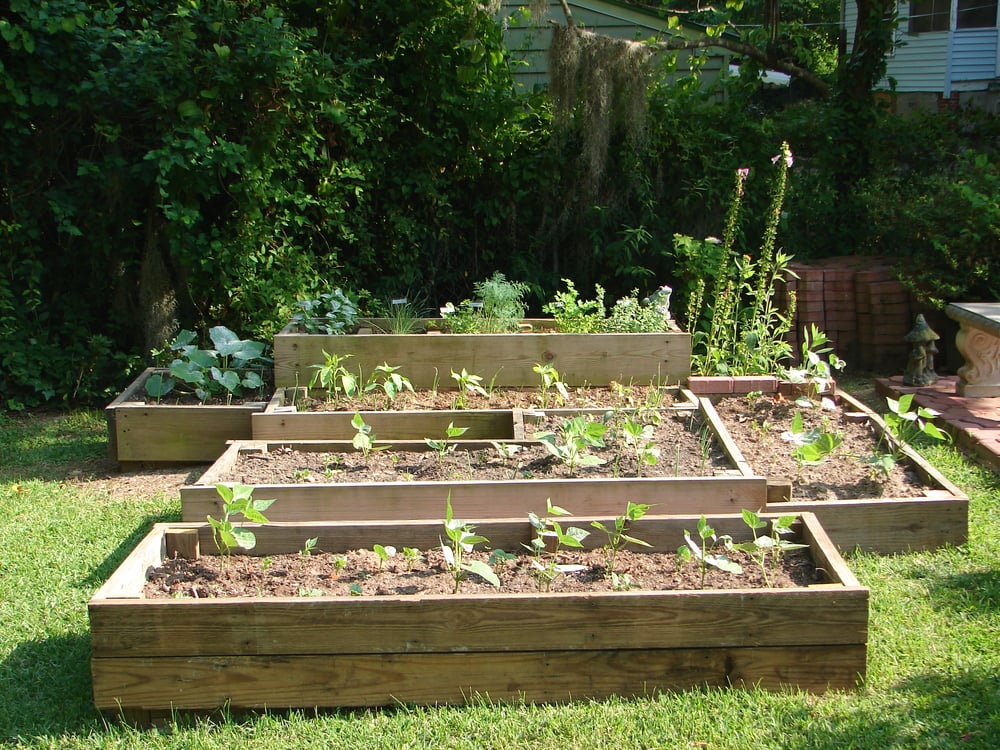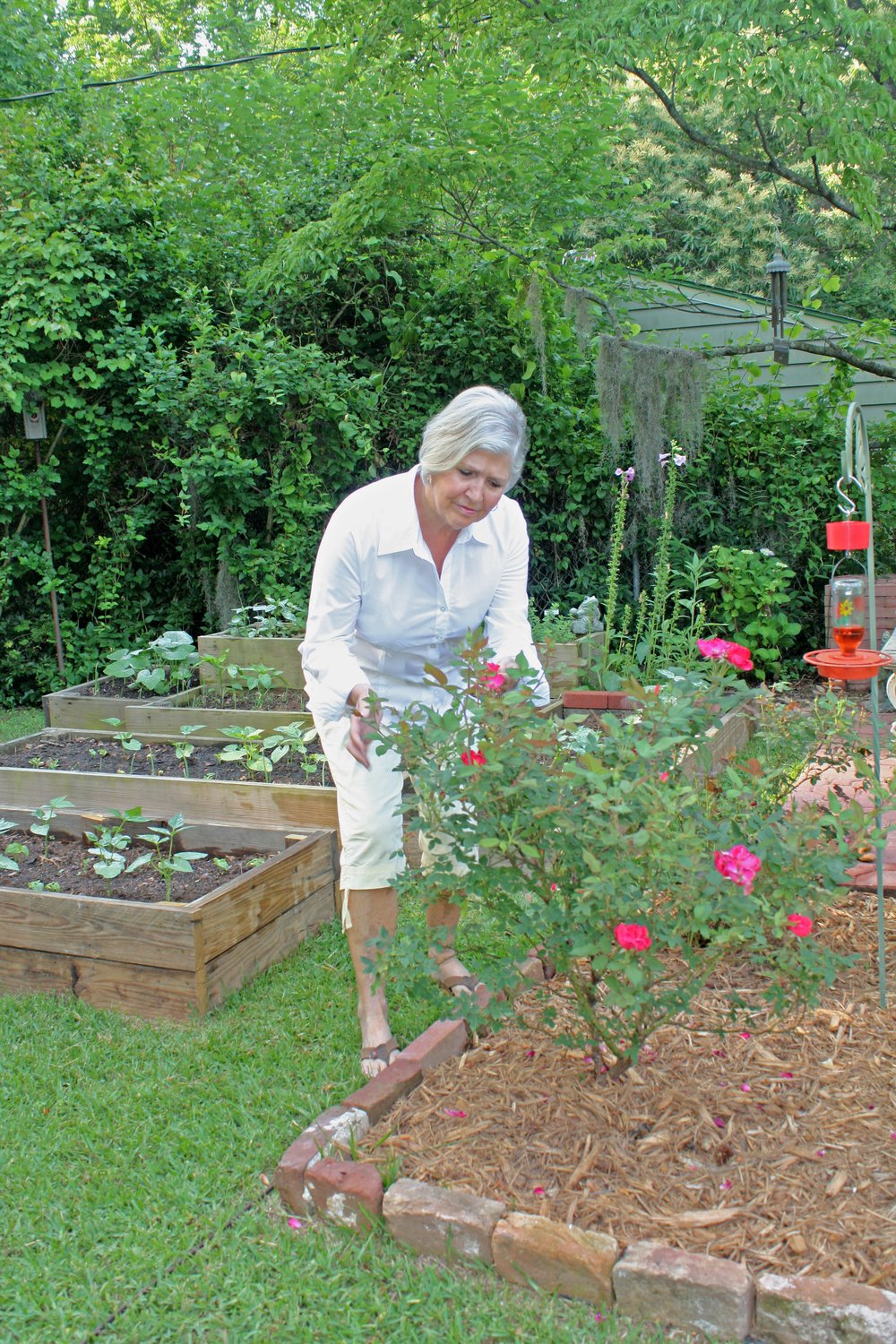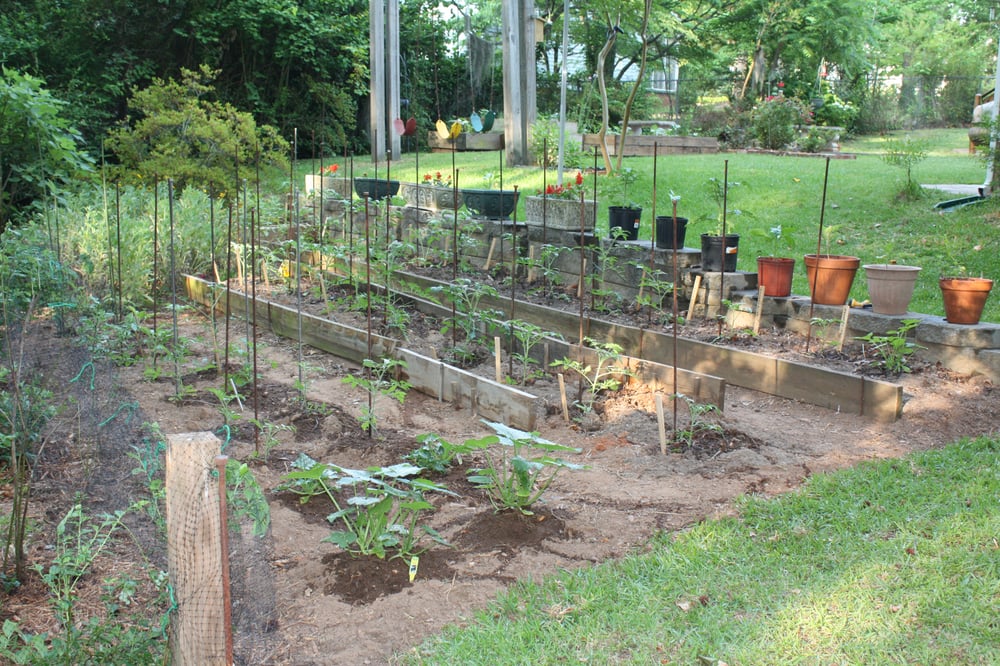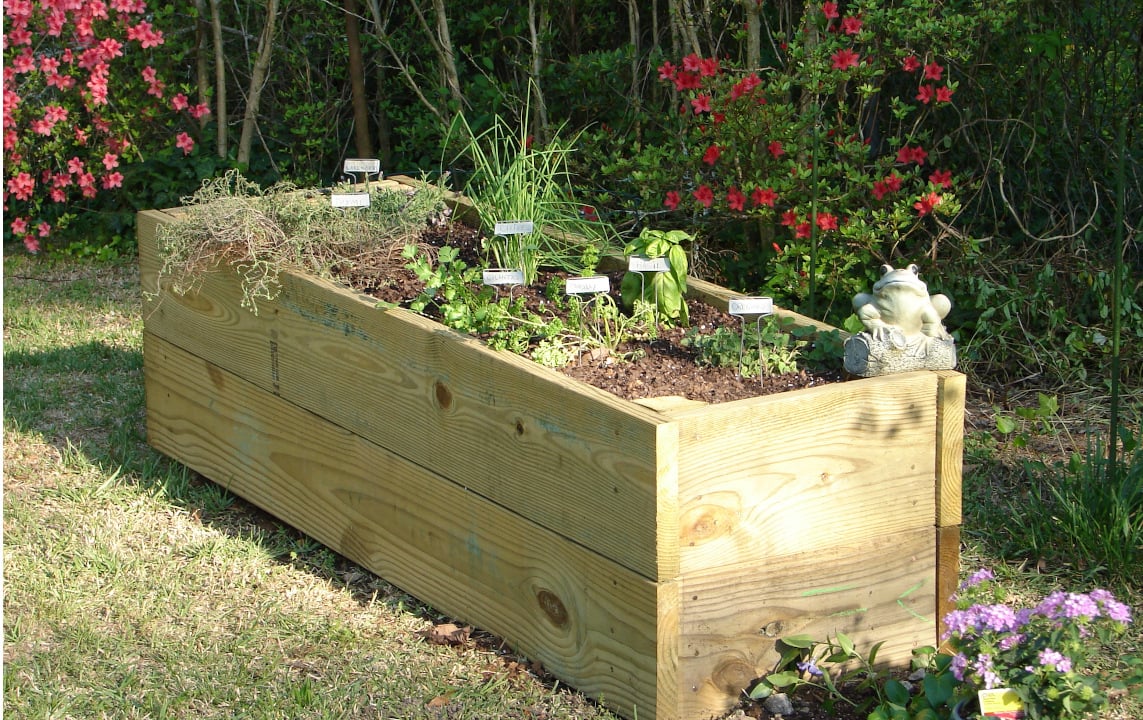Are you one of the many who don’t feel that you have adequate gardening space? Do you think it's not worth the effort to try to plant vegetables because the potential yield is minimal? Don’t despair! The following ideas may be just the stimulus you need to start on a path to gardening success.
With today’s ever-increasing inflation and the cost of food skyrocketing, it has never been more important to become involved in growing food. Not only will it help to offset rising inflation, but it will reduce stress and add healthy food to your diet.
Ways to Utilize Existing Space
There are many hidden or untapped resources around the typical home that can be utilized to produce healthy and succulent vegetables. All it takes is a little ingenuity to tap those resources and reap the rewards of your labors.
Here are a few ideas about how to recognize those under-utilized areas to begin to produce food.
1: Raised Beds
These can be attractive additions and need very little space. All that's required is a small investment in lumber to build them and the addition of rich soil and additives to nourish the plants.
In addition to the benefits of adding vegetables to your diet, raised beds are excellent for those who have difficulty bending down to tend the garden.

2: Camouflaging herbs and attractive vegetable plants within existing flower beds.
You will be surprised how well some food plants blend in with flowers and are attractive as well as nutritious. Plus, certain types of flowers can help protect herbs and vegetables from pests. Learn more in: How a Soil Scientist Creates a Low-Maintenance Garden in the South.

3: Container Planting
Some vegetables are good candidates for raising in containers. Be sure that containers have holes in the bottom for drainage. Place some pebbles or small rocks in the bottom before adding soil. Coffee filters can be placed over holes in the bottoms of containers to minimize soil loss that would be unsightly on a patio.
4: Dedicating a Garden Space in the Yard
This requires more space, but you will be surprised at the production potential a small corner garden can achieve.
Our yard is approximately 24,000 square feet and we cultivate 750 sq. feet (30’x25’) for a small garden. In this small space, we typically have 18-20 tomato plants, 6 squash plants, a couple of rows of green beans, bell, banana and hot peppers and other miscellaneous plants. From this small space, we are able to eat fresh veggies as well as can tomatoes and green beans.

5: Boundary Plantings
You can utilize those spaces along your boundaries for planting berries, grapes or fruit trees, We utilize ours for planting grapes and blueberries. These result in enough blueberries to freeze and grapes and muscadines to prepare jellies.
There is an over-used phrase “think outside the box” that we need to be aware of when we think of gardening. In this time of higher food prices, rampant inflation and uncertainty, it is absolutely essential that we consider how we can incorporate gardening into a plan to continue to provide healthy, nutritious food for our families.
We can apply the above techniques to produce food, even though our space may be limited.
Another way that we can be more successful is to consider recycling organic waste by composting. Composting can provide an excellent source of natural fertilizer for your garden. Banana peels, melon rinds, vegetable peels or almost any organic residue can be recycled into great amendments to your garden soil.

Composting does not necessarily mean purchasing an expensive composter, but may be as simple as using a few boards to confine an area where the material may be allowed to decay and create some of nature’s free fertilizer.
Place a layer of organic matter (cabbage leaves, vegetable peels, etc.) and cover with a light layer of soil. Water and allow the process to happen naturally. Earthworms will help to break down the organic matter and leave fertile castings. Use a pitchfork to occasionally mix soil and organic matter and allow oxygen to reach the material. In a few short weeks, you will have a supply of rich, fertile compost that will amaze you.
One of my first experiences with composting was with a primitive compost bin alongside my garden. When it rained, or when I applied water to the bin, it would flow diagonally across the rows of our garden. The adjacent row was planted with zucchini squash. The uphill side of the row did not receive any of the water flow, but the lower end did. Within a few short weeks, the difference in the size and health of the plants was significant. The ones that were affected by the flow of nutrients was almost twice as big and vibrantly healthy.
I discuss composting more in: Tips for Starting Your Own Compost (Nature's Free Fertilizer)
In closing, don’t use limited space as a reason not to garden. You will be amazed at what you can accomplish if you follow the steps outlined above. The only limitation is your creativity and willingness to give it a try.
Free eGuide: 15 Ways Country Living (and gardening) Helps You Live a Longer and Healthier Life




.jpg)




















